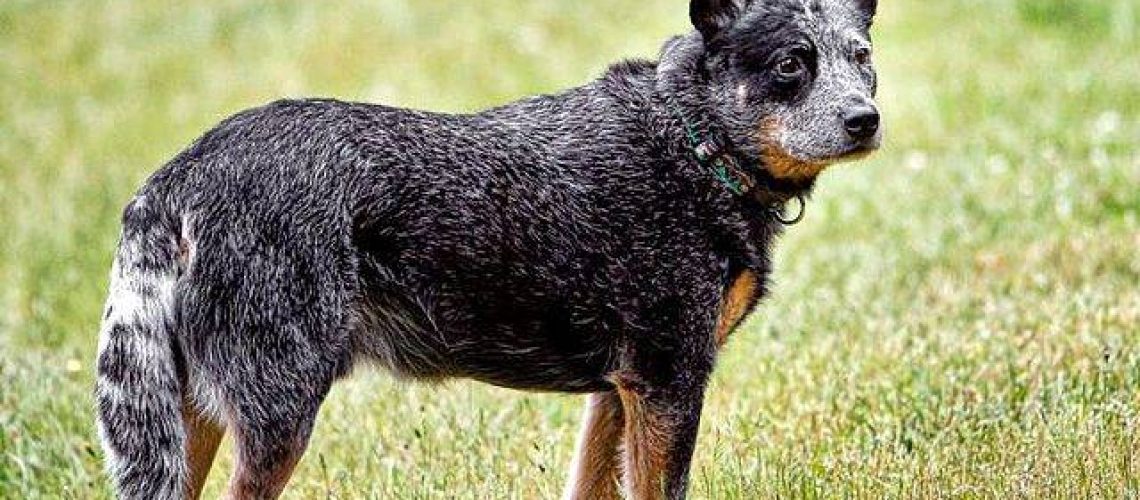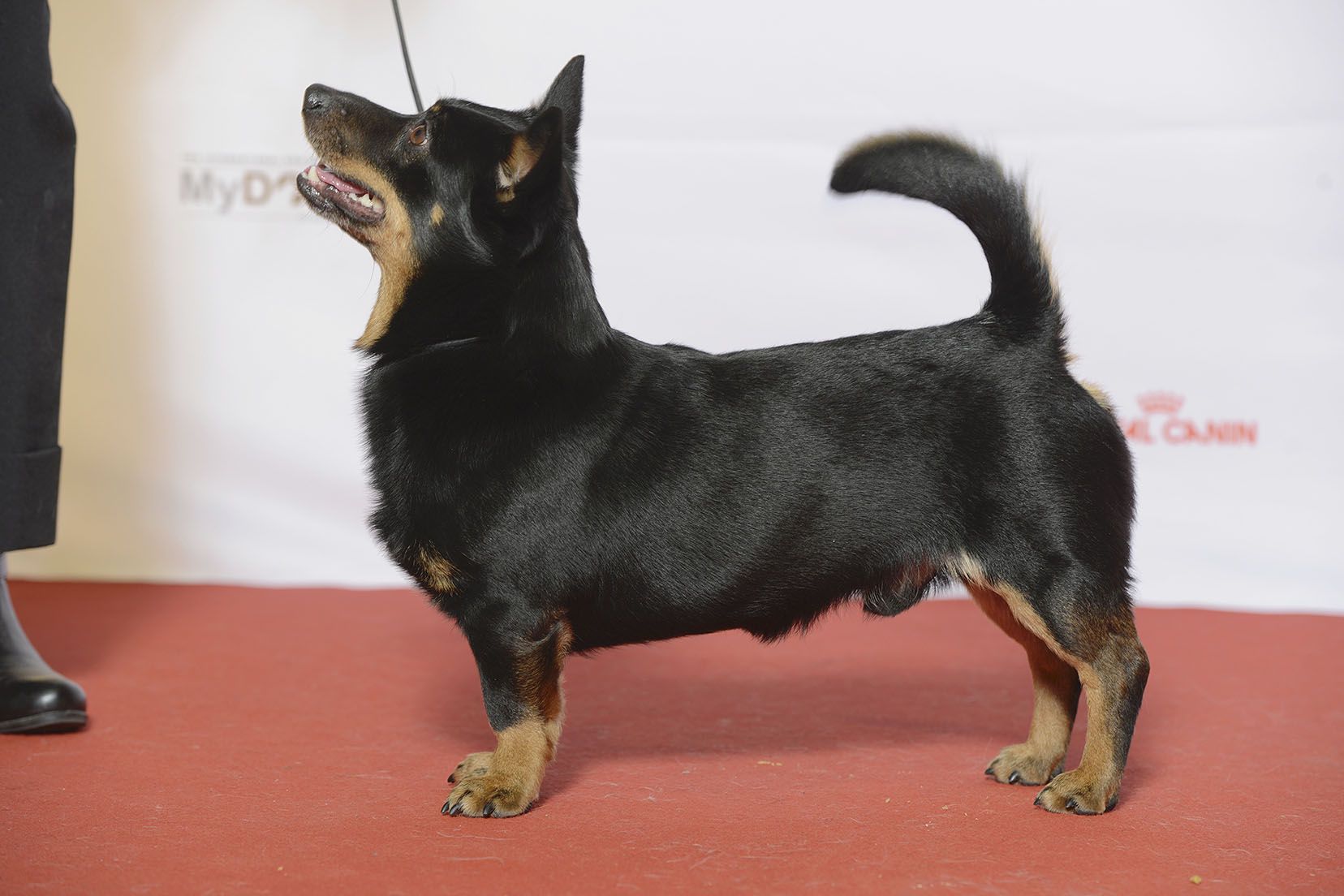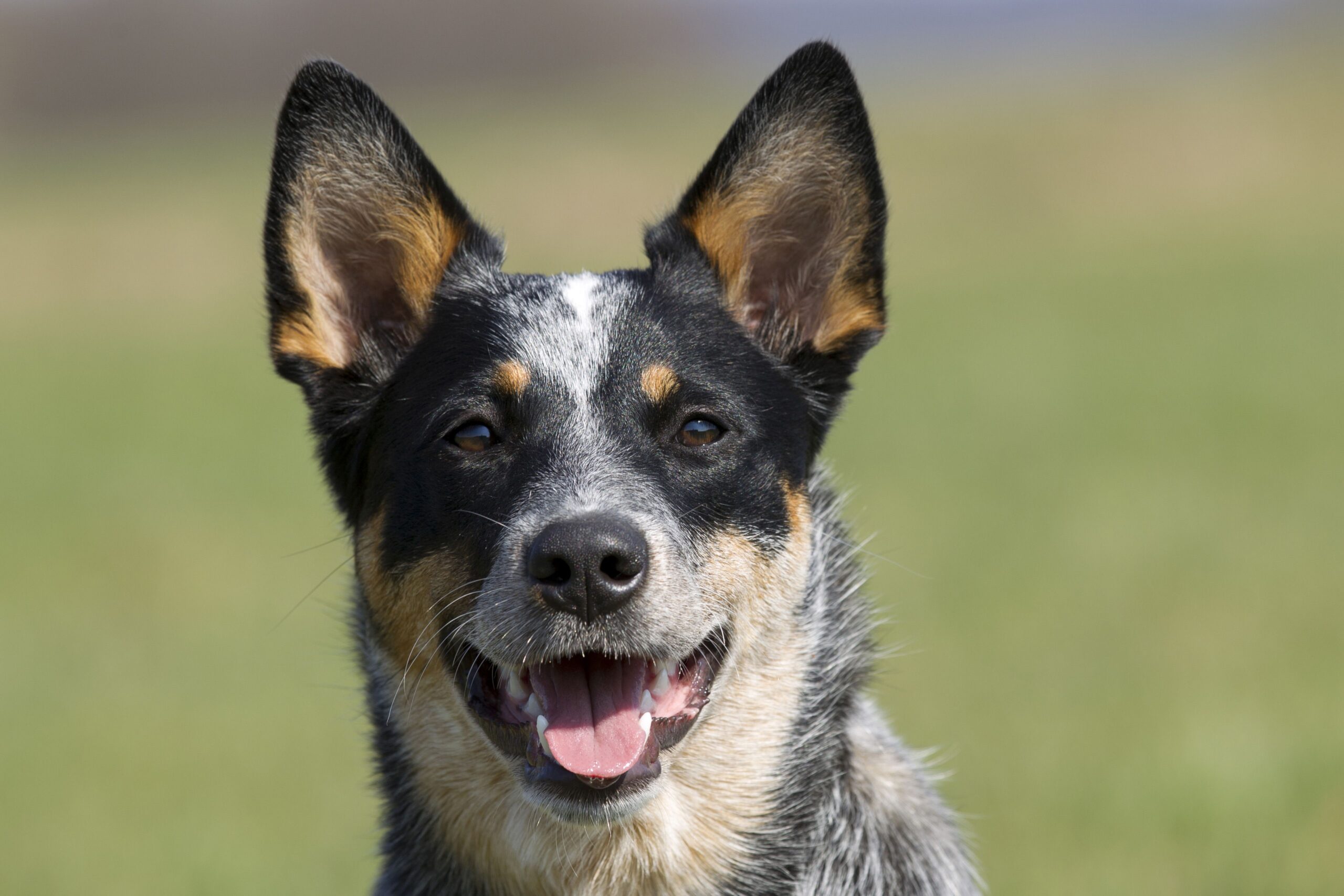Key Takeaways:
- The Blue Heeler, also known as the Australian Cattle Dog, is a highly energetic and intelligent breed.
- They were originally bred for herding cattle and have a strong instinct to chase and control movement.
- Blue Heelers require regular exercise and mental stimulation to prevent boredom and destructive behavior.
- Training should start early with consistent positive reinforcement techniques to harness their intelligence.
- Grooming needs are minimal, but they do shed moderately and may benefit from occasional brushing.
Are you ready to uncover the fascinating world of Blue Heelers? These incredible Australian Cattle Dogs are more than just adorable companions - they possess a unique set of characteristics and care needs that make them stand out from other dog breeds. Whether you're a dog lover or simply curious about these remarkable canines, delving into this subject will open your eyes to a whole new level of understanding and appreciation for our furry friends. By exploring the ins and outs of Blue Heeler care, you'll not only gain valuable insights into their behavior and training but also discover how to provide them with the love and attention they deserve. So, let's dive in and embark on an exciting journey into the world of Blue Heelers!
What is a Blue Heeler? How is it different from other dogs?
A Blue Heeler, also known as an Australian Cattle Dog, is a breed of dog that was originally bred in Australia to help farmers herd cattle. They are medium-sized dogs with a strong and muscular build. What sets them apart from other dogs is their unique coat coloration - they have a blue or grayish-blue coat with speckles or patches of darker blue or black. This distinctive coat makes them easily recognizable.
Blue Heelers are known for their incredible energy and stamina. They have a strong work ethic and are always ready to take on any task given to them. Unlike some other dog breeds that may be more laid-back or independent, Blue Heelers are highly active and require lots of physical exercise and mental stimulation to stay happy and healthy.
The story behind the Blue Heeler: Why are they called Australian Cattle Dogs?
The Blue Heeler gets its name from its herding technique, where it nips at the heels of cattle to move them along. This behavior has earned them the nickname "Heeler." The term "Blue" refers to their unique coat coloration.
Australian Cattle Dogs were developed in the 19th century by Australian settlers who needed a dog that could handle the harsh conditions of the Australian outback and help them manage large herds of cattle. These dogs were bred by crossing various breeds such as Collies, Dingoes, and Dalmatians to create a versatile working dog with exceptional herding abilities.
Physical traits that make Blue Heelers great at herding cattle
Blue Heelers possess several physical traits that make them well-suited for herding cattle:
- Agility: Blue Heelers are agile and quick on their feet, allowing them to maneuver easily around cattle and change direction swiftly.
- Strength: They have a strong and muscular build, enabling them to control and move large animals effectively.
- Durability: Blue Heelers have a tough and resilient body that can withstand the physical demands of herding in rugged terrains.
- Sharp senses: They have excellent vision, hearing, and sense of smell, which helps them anticipate the movements of cattle and respond accordingly.
How smart are Blue Heelers? Why is their intelligence important for herding?
Blue Heelers are highly intelligent dogs. They are known for their problem-solving abilities, quick learning, and high level of trainability. Their intelligence is crucial for herding because it allows them to understand complex commands from their handlers and make independent decisions when needed.
In a herding situation, a Blue Heeler needs to assess the behavior of the cattle, anticipate their movements, and make split-second decisions on how to position themselves to guide the herd effectively. Their intelligence enables them to adapt their herding techniques based on the specific circumstances they encounter.
Keeping Blue Heelers happy and healthy: Exercise and mental stimulation they need
To keep a Blue Heeler happy and healthy, it is essential to provide them with plenty of exercise and mental stimulation. These dogs have boundless energy that needs an outlet. Regular physical exercise such as long walks or runs, playing fetch or frisbee, or engaging in dog sports like agility can help release their pent-up energy.
Mental stimulation is equally important for Blue Heelers. They thrive when given tasks that challenge their intelligence and problem-solving skills. Activities like puzzle toys, obedience training, or participating in dog competitions can keep their minds sharp and prevent boredom.
Are Blue Heelers good family pets? What kind of environment do they thrive in?
Blue Heelers can make excellent family pets, but they require a specific type of environment to thrive. Due to their herding instincts, they may try to herd small children or other pets in the household. Early socialization and training are crucial to teach them appropriate behavior around family members.
These dogs are best suited for active families who can provide them with ample exercise and mental stimulation. They need a secure and spacious yard where they can run freely. Apartment living may not be ideal for Blue Heelers unless they receive sufficient daily exercise outside the home.
Caring for your Blue Heeler: Coat, diet, and overall health tips
The coat of a Blue Heeler is short and dense, requiring minimal grooming. Regular brushing helps remove loose fur and keeps their coat looking neat. They shed moderately throughout the year, so occasional baths may be necessary to keep them clean.
A well-balanced diet is essential for the overall health of a Blue Heeler. High-quality dog food that provides all the necessary nutrients should be chosen. It's important to monitor their weight as obesity can lead to various health issues.
Regular veterinary check-ups are crucial to ensure the well-being of your Blue Heeler. Vaccinations, parasite prevention, dental care, and regular exercise are key components of maintaining their health.
In conclusion, the Blue Heeler is a loyal and intelligent dog breed that requires proper care and training. With their high energy levels and herding instincts, they thrive in active households where they receive plenty of exercise and mental stimulation.
Is a blue heeler a good family dog?
Australian Cattle Dogs, also known as Blue Heelers, are intelligent and loyal companions, making them suitable for families with children. They are highly alert and pleasant, and their loyalty is unmatched. Despite their strong loyalty, they are not considered aggressive.
Are Blue Heelers indoor or outdoor dogs?
Australian Cattle Dogs can adapt to various climates and can live both indoors and outdoors as long as they have proper shelter. They are an active breed and benefit from regular exercise such as running, jogging, playing frisbee, engaging in fetch, or participating in agility training.
What are the characteristics of a blue heeler dog?
The Australian cattle dog is a breed that was specifically bred for challenging tasks. They are known for being very alert, intelligent, watchful, and brave. They are highly dependable and have a strong sense of responsibility. They are loyal to their owners and cautious around strangers. As a watch dog, they are fiercely protective, but they are not known for excessive barking.
What are 3 characteristics of a Australian Cattle Dog?
Australian Cattle Dogs (ACDs) are known for their loyalty, intelligence, alertness, and wariness of strangers. If an ACD does not have enough mental and physical stimulation, they can become bored and engage in mischievous behavior. It is recommended that ACD owners engage in activities such as work, sports, or regular exercise with their dog to keep them mentally and physically active.
Can you leave a blue heeler alone?
Yes, it is possible to leave them alone for reasonable periods, and with training, your heeler can gradually be left alone for longer periods without being confined in a crate. However, even if they can handle being alone, it is recommended to consider reputable doggy day cares in your locality.
Can a cattle dog be a house dog?
Due to their friendly nature, these dogs are often seen as great companions for families. However, it is advised to provide them with professional training to establish boundaries. They may not be suitable as a first pet unless you can demonstrate strong leadership and introduce them to other animals and people at an early stage.

















